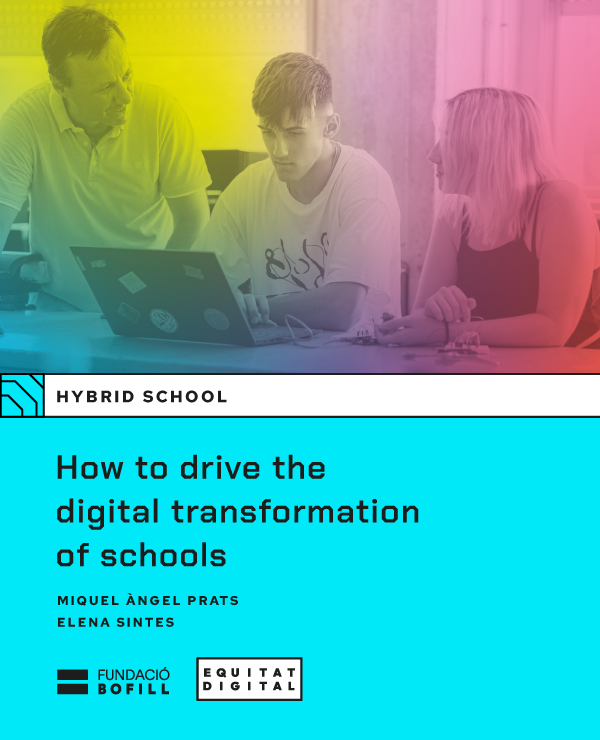Schools need to integrate and effectively use digital technologies to fulfil their core mission: to educate students to live, participate and thrive in a society facing major technological, cultural, economic, information and demographic changes. To bring this goal to fruition, investment must be made in infrastructures, devices, connectivity and training, but the path towards quality and inclusive educational digitalisation goes beyond that. Pedagogical approaches must also be fostered to help teachers and schools to use digital technologies with active and competency-based methodologies in line with the current educational transformation process and that help to bridge the digital divide.
This document proposes a hybrid learning model aimed at ensuring equity and improving learning outcomes, with a view to developing the digital literacy and competence of all students and moving towards a more flexible, personalised and student-centred model of education. With this purpose in mind, it sets out objectives, criteria, guidelines and key actions to implement a hybrid learning model in primary and secondary education in both public policies and schools.












